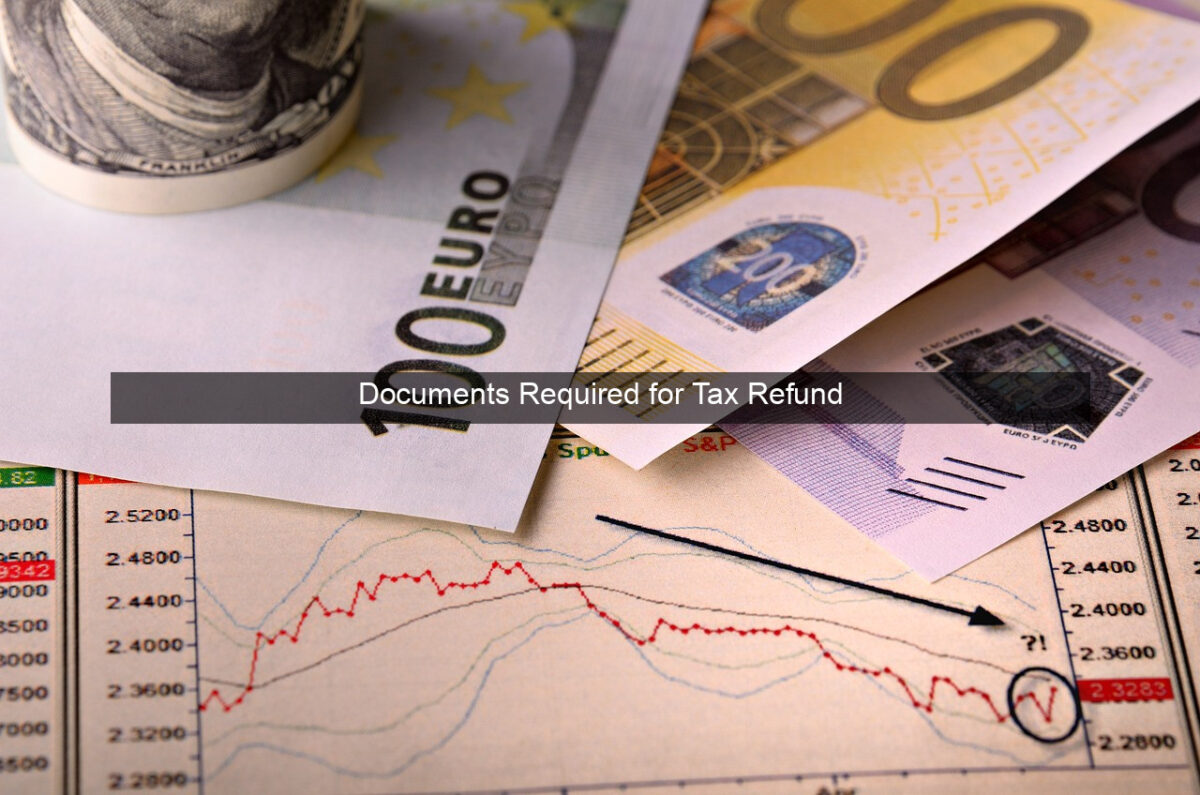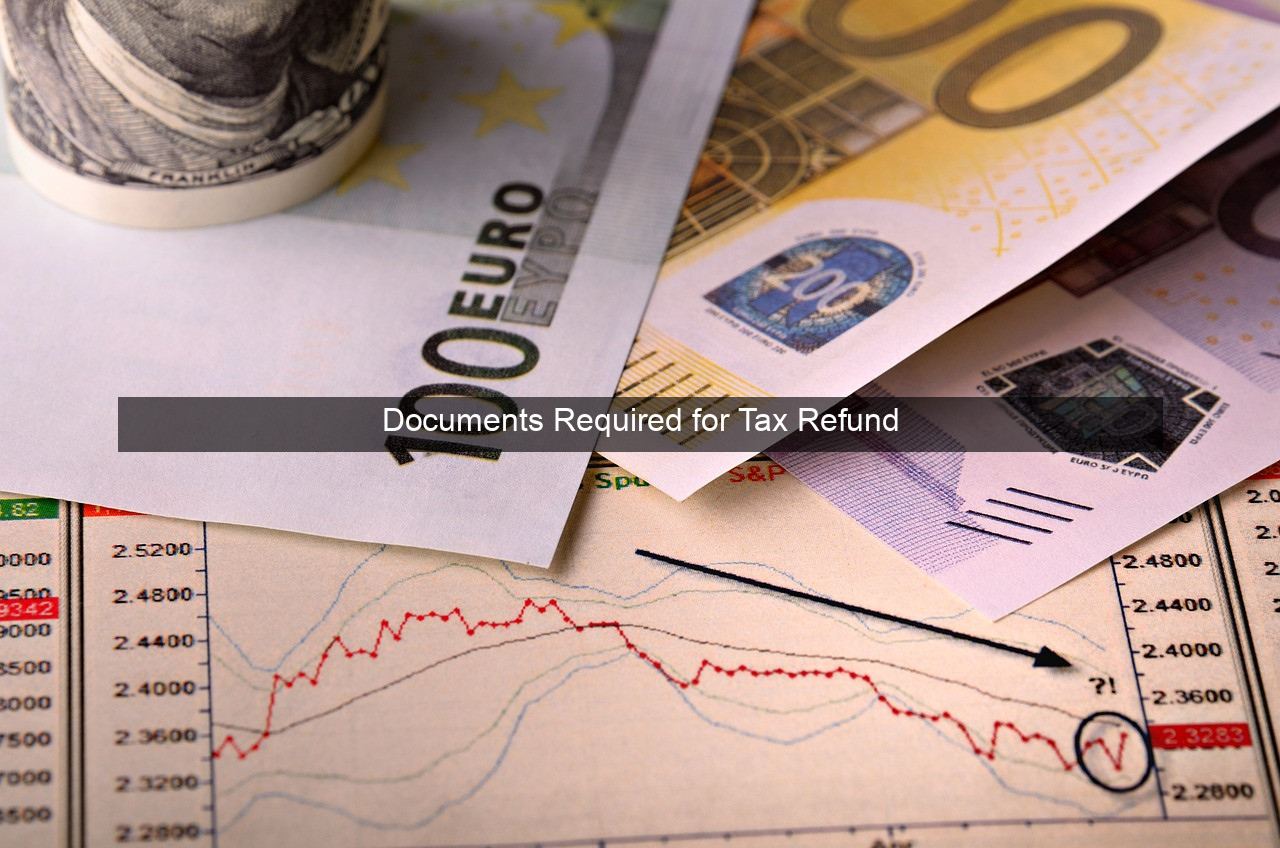Documents Required for Tax Refund

- Documents Required for Tax Refund
- Essential Documents for Your Tax Return
- Income Documentation
- Deduction and Credit Documentation
- Personal Information Documentation
- Understanding Different Tax Forms
- W-2 Form for Employees
- 1099 Forms for Independent Contractors
- Other Relevant Tax Forms
- Organizing Your Tax Documents
- Creating a System for Your Records
- Using Checklists and Spreadsheets
- Seeking Professional Assistance
- When to Consult a Tax Advisor
- Conclusion

Navigating the Tax Refund Process: Required Documents

Filing for a tax refund can feel like navigating a maze, especially if you’re unsure about the required documentation. This comprehensive guide will illuminate the process, outlining the essential documents you need to gather for a smooth and successful refund claim. Understanding these requirements beforehand can save you time, frustration, and potential delays in receiving your refund. Successfully claiming your refund depends heavily on accurate and complete documentation, so let’s delve into the specifics and ensure you’re fully prepared. From W-2s to 1099s and beyond, we’ll cover the key documents you’ll likely need. This guide will equip you with the knowledge to approach tax season with confidence and maximize your refund potential.
Essential Documents for Your Tax Return
Income Documentation
Gathering your income documentation is the first crucial step in preparing your tax return. This involves collecting all forms that report your earnings throughout the year. These documents provide the IRS with a complete picture of your income, ensuring accurate calculation of your tax liability. Without these crucial records, your refund could be delayed or even denied.
Key income documents include your W-2 form from your employer, which details your wages and withheld taxes. If you’re self-employed or have income from freelance work, you’ll need 1099 forms. These forms report income from sources other than traditional employment. Additionally, if you received unemployment benefits, you’ll need the relevant documentation for those payments.
Ensuring you have all necessary income documentation is paramount for a successful tax filing. Double-check your records to ensure nothing is missing. Missing or inaccurate income information can lead to significant issues with the IRS.
Deduction and Credit Documentation
Maximizing your tax refund often involves claiming eligible deductions and credits. These can significantly reduce your taxable income, resulting in a larger refund or a smaller tax bill. To claim these benefits, you need proper documentation to support your claims.
Examples of deduction-related documents include receipts for charitable donations, medical expenses, and educational expenses. If you’re itemizing deductions, meticulous record-keeping is essential. For credits, you may need documentation such as Form 8863 for the Education Credits or Form 5695 for the Residential Energy Credits.
Understanding which deductions and credits you qualify for can make a substantial difference in your refund amount. Consult the IRS guidelines or a tax professional to identify potential opportunities and gather the necessary supporting documentation.
Personal Information Documentation
Beyond income and deduction documentation, you’ll need essential personal information to complete your tax return accurately. This includes your Social Security number, date of birth, and filing status.
You’ll also need the Social Security numbers of any dependents you’re claiming. Ensure this information is readily available and accurate to avoid processing delays.
Having your personal information organized and accessible will streamline the tax filing process. Keep these documents in a safe and easily retrievable location.
Understanding Different Tax Forms
W-2 Form for Employees
The W-2 form is a crucial document for employees. It provides a summary of your earnings and the taxes withheld from your paycheck throughout the year. This information is essential for accurately calculating your tax liability.
Your employer is required to provide you with a W-2 form by the end of January. Ensure you receive this form and review it carefully for accuracy.
If you worked for multiple employers during the year, you should receive a W-2 from each employer.
1099 Forms for Independent Contractors
1099 forms are used to report income earned from sources other than traditional employment. If you’re a freelancer, independent contractor, or receive non-employee compensation, you’ll likely receive a 1099.
There are various types of 1099 forms, each designed for specific income types. For example, 1099-NEC is used for non-employee compensation, while 1099-DIV reports dividends and distributions.
Understanding the different 1099 forms and ensuring you have the correct ones is essential for accurate tax reporting.
Other Relevant Tax Forms
Beyond W-2s and 1099s, several other tax forms might be relevant depending on your individual financial situation. These could include forms related to investment income, retirement distributions, or other specific income sources.
For example, Form 1099-INT reports interest income, while Form 1099-R reports distributions from retirement accounts. Familiarize yourself with these forms if they apply to your situation.
Consulting the IRS website or a tax professional can help you determine which additional forms you might need to complete your tax return accurately.
Organizing Your Tax Documents
Creating a System for Your Records
Organizing your tax documents is crucial for a smooth and efficient filing process. A well-organized system can save you time and frustration, especially when dealing with a large volume of paperwork.
Consider using a dedicated folder, binder, or digital system to store your tax-related documents. This will make it easier to locate everything when you’re ready to file.
Keeping your documents organized also helps ensure you don’t misplace any crucial information, which could delay your refund.
Using Checklists and Spreadsheets
Checklists and spreadsheets can be invaluable tools for managing your tax documents. A checklist can help you track which documents you’ve gathered and which ones are still outstanding.
A spreadsheet can be useful for organizing financial information, such as income, expenses, and deductions. This can make it easier to calculate your tax liability and identify potential areas for savings.
These organizational tools can simplify the tax preparation process and help you avoid errors.
Seeking Professional Assistance
When to Consult a Tax Advisor
While many individuals can successfully file their taxes independently, there are situations where seeking professional assistance is beneficial. If you have a complex financial situation, such as self-employment income, investments, or rental properties, a tax advisor can provide valuable guidance.
A tax advisor can also help you identify potential deductions and credits you might otherwise overlook. Their expertise can ensure you’re maximizing your refund and complying with tax laws.
If you’re unsure about any aspect of the tax filing process, consulting a professional can provide peace of mind and potentially save you money.
Conclusion
Navigating the tax refund process requires careful preparation and organization. By understanding the necessary documents and implementing a system for managing your records, you can streamline the process and maximize your refund potential. Remember to consult the IRS guidelines or a tax professional if you have any questions or require assistance.
What is a W-2 form?
A W-2 form is provided by employers and details your annual wages and withheld taxes.
What are 1099 forms used for?
1099 forms report income from sources other than traditional employment, such as freelancing or independent contracting.
Why is organizing tax documents important?
Organized documents ensure a smooth and efficient filing process, preventing delays and potential errors.
| Document Type | Purpose |
|---|---|
| W-2 | Reports wages and withheld taxes from employers |
| 1099 | Reports income from non-employment sources |
- Gather all income documents.
- Organize your records.
- Consult a tax professional if needed.




